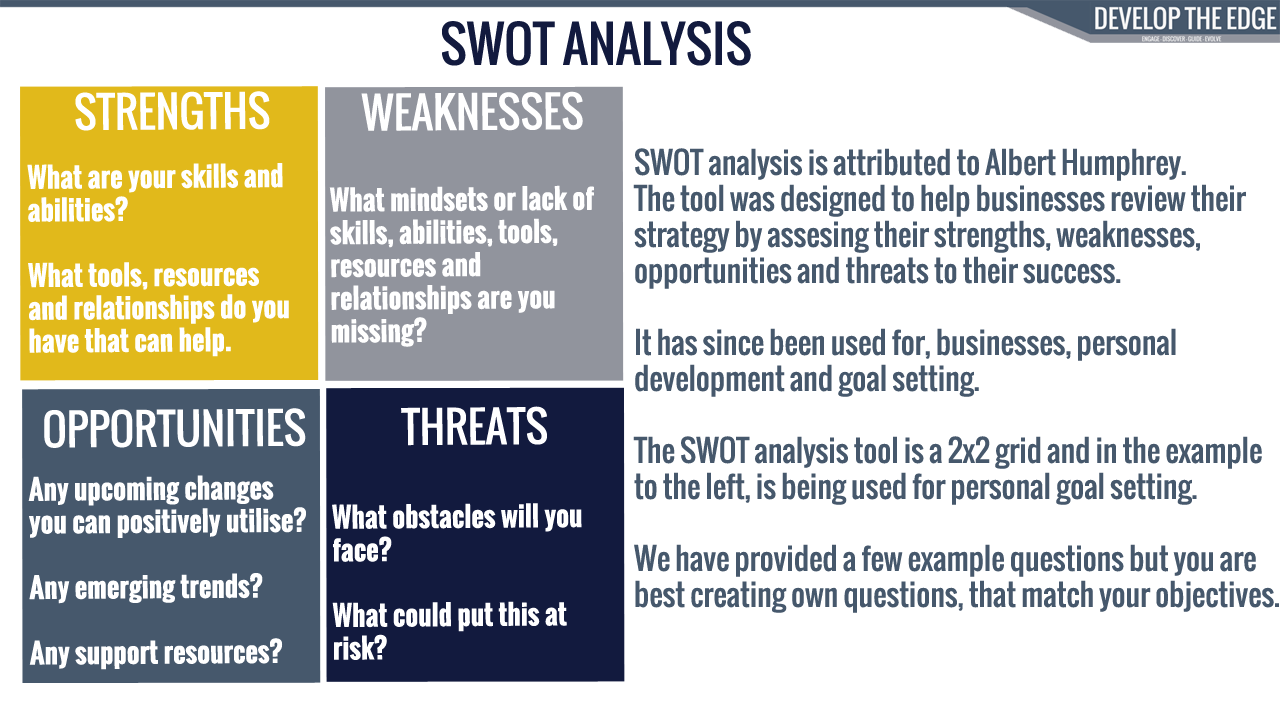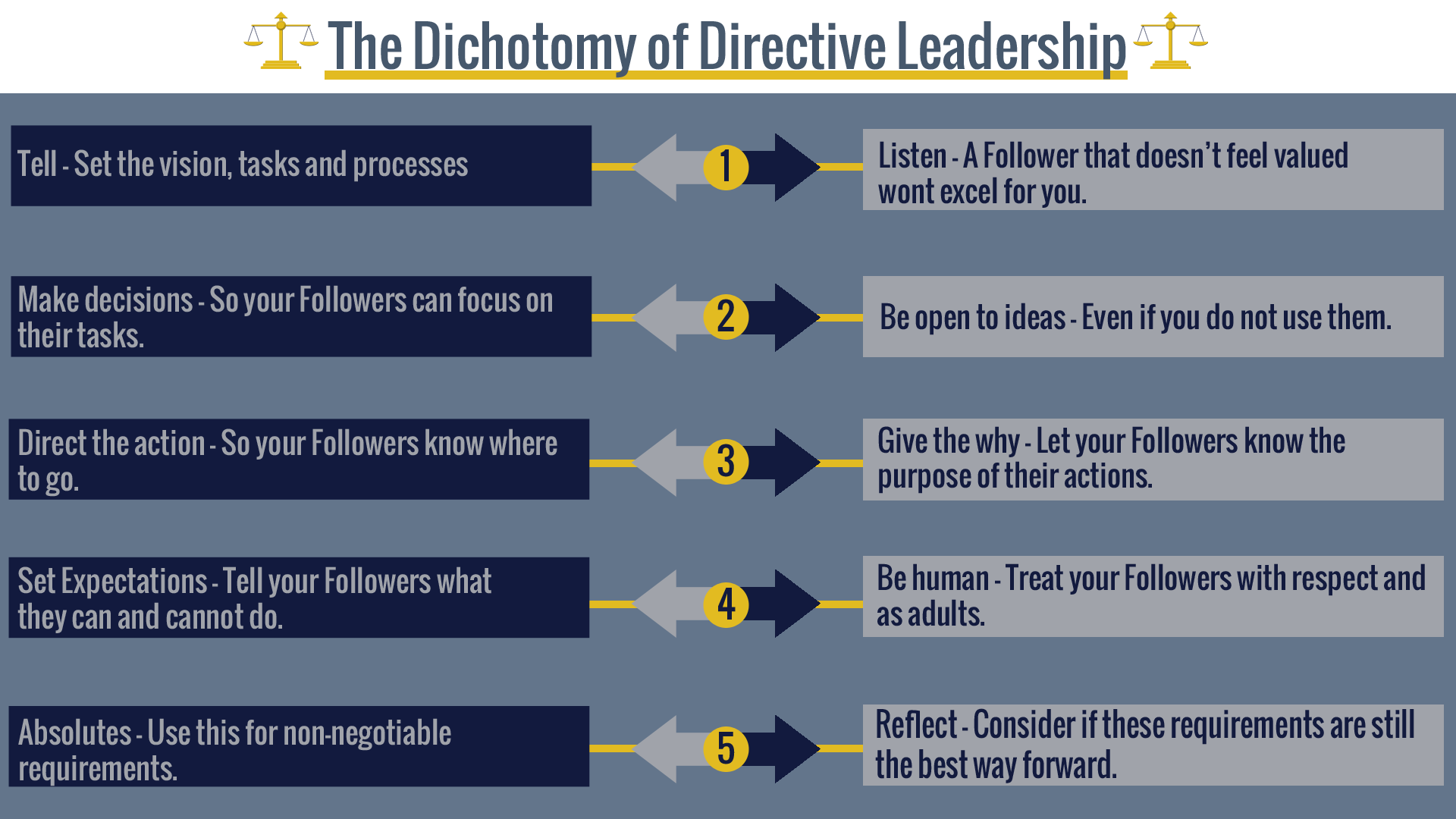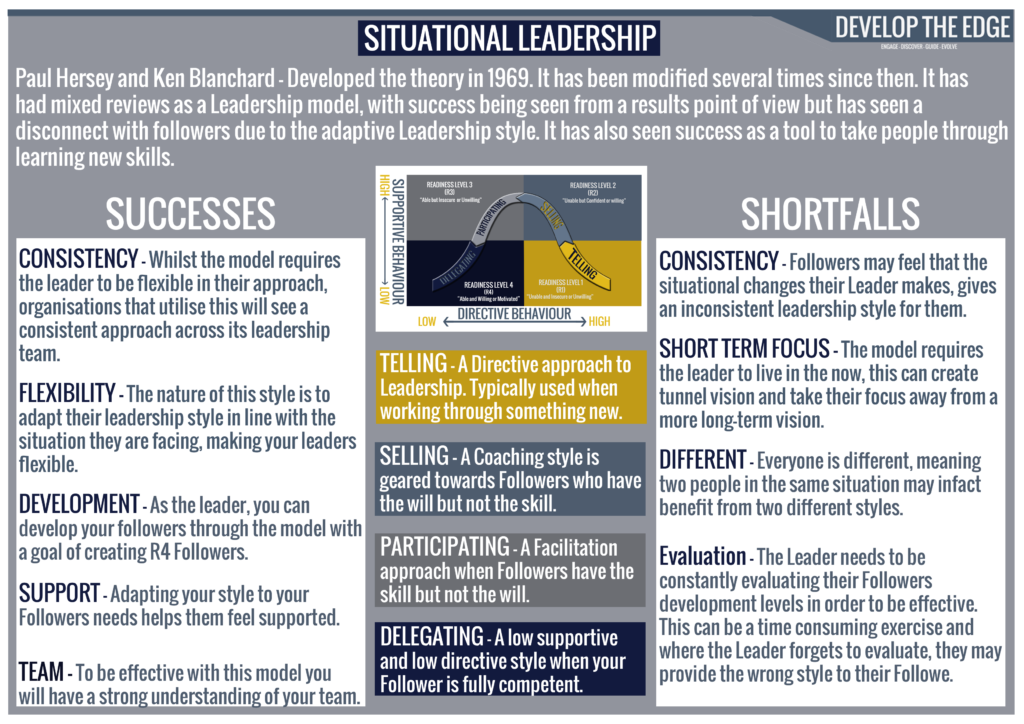
A study by Gabriele Oettingen and Doris Mayer discovered that you are unlikely to achieve a goal if you have a positive fantasy about it. All is not lost however, as they also discovered that if you have positive expectations about your goal, then you are more likely to achieve it! We explore what this means and the science behind getting the best out of your goals below.
A positive fantasy is where you think it will turn out great whereas a positive expectation is where you take a realistic look at your goal and understand what it will take to achieve it. Having confidence after doing this makes success more likely than just having positive thoughts on it. If you have ever heard of the Dunning-Kruger effect, this may start to make sense.

The Dunning-Kruger effect suggest that people who are not skilled at something tend to over-rate their ability in that area. Think about armchair coaches who seem to know better than the professional athletes or coaches they’re watching on TV – these armchair coaches seem to be high in confidence but low in wisdom compared to the professionals.
Oettingen and Mayer’s study concluded that whilst having positive fantasies about your goal was negative, having positive expectations about it acts as an effective way to achieve your goal. In other words, understanding your goal and being realistic about achieving it is a better pathway towards success.
If you struggle with creating tangible and realistic goals, we may be able to help. This article will look at when to use the SMARTER model and then look at how to get the most out of it.
The What and When of SMARTER goals

SMART goals were initially created by George Doran, Arthur Miller and James Cunningham. They were invented to help organisations set and allocate meaningful objectives amongst their teams.
Since their inception, SMART goals have been utilised in both businesses and personal lives of people who are looking to set specific goals for themselves. Whilst they have been modified multiple times and even added to over the years (Such as the SMARTER model), the central concept remains the same – create a clear goal that you are motivated to achieve.
The SMARTER acronym we are looking at today is; Specific, Measurable, Achievable, Relevant, Time-bound, Evaluate and Reward. Let’s take a look at what these actually mean in the context of goal setting.

Before we go into specifics, we need to be clear – we don’t suggest you use the SMARTER model for your initial objective creation. That needs to come from a place of passion and excitement for you. Your goals should be a reflection of your higher purpose and be a way to get you there. Goals need to align with who you are.
If you are struggling with your purpose, if you feel stuck or trapped – don’t worry. People in all walks of life can feel like this at times. What is important is that you find a way to take control of your life and become the person you are meant to be. If you need help finding your purpose and potential, connect with us at: Client.Services@DevelopTheEdge.com, our professional coaching service will be on hand to help.
Only once you know who you want to become or what you want to achieve, should you look at using the SMARTER model to help you evaluate and quantify your goal and make a crystal clear mission for you to achieve.
For example:
‘I want recognition and a pay rise.’ Is vague and there is no clear way to measure the goals success. ‘I want to be recognised by my line manager with a 5% pay-rise by April this year for my thorough and timely work on projects. This increase will allow me to treat my family more often.’ Gives us more to work with – we now have an idea on who we need to influence (the line manager), the focus area (project work), a time frame (this April) and a measurement (5% pay-rise).
Neuroscience tells us that when we value and focus on something, our reticular activating system (RAS), helps filter the world around so that we see more of it. It makes sense then, to focus on creating a goal that gives us a crystal clear vision on what success looks like so that our RAS can filter in ways for us to achieve it. With that being said, it’s time we looked at the individual components of the SMARTER model, let’s get started.
SPECIFIC

The more specific you can make your goal, the clearer the image of success will look in your mind.
If your goal is recognition at work, you RAS may just look at all routes to recognition. Some may be positive but not progress you towards your goal such as: holding open doors, doing favours or buying treats for colleagues. Without conditions for success, your RAS may take a darker turn and nudge you to taking on too much work and burning out or even taking recognition for other peoples hard work.
Without specific criteria, how will you get towards your goal in an ethical and effective manner?
A good way to get SPECIFIC is using the old communications trick for open questions; 5 Ws and a H.
Why – do you want this? / Why is it important?
What – do you want to accomplish or obtain?
When – do you need to do this? When can you start?
Where – do you need to go? Where will your actions take place?
Who – do you need to become? Who’s help will you need?
How – are you best positioned to achieve this?
These should help you frame your goal into a specific and clear focus point, meaning we can move to the next step – Measurable.
Measurable

By making the goal measurable, you will be able to track the progress towards your goal, make adjustments and know once you have achieved it. Think in terms of metrics that you can actually measure and track.
For example:
Losing 5kg in 6 months is measurable, you will be able to weigh yourself monthly to check progress and make adjustments to your diet or exercise routine where you need to.
If we look at our example of a promotion, you could use a Gantt chart to track the progress of your projects and test their quality by either using colleagues, your manager or the quality assurance department to ensure it is up to standard. The last measurable part of that goal is the 5% pay rise – you will know once this has been achieved because you will be able to see it in your wage.
The importance of being able to track your goals has been highlighted by the American Psychological Association in their 2016 Study “Does Monitoring Goal Progress Promote Goal Attainment?” with the below quote:

We can see then, that by making the goal measurable and monitoring our progress, we are more likely to achieve the goal and become more disciplined as well.
Once we have selected a metric to measure the goal by, we need to know whether this is actually achievable.
Achievable

To have strong performance you must have high expectations of success. This means that the goal will need to be challenging but possible for you to achieve.

Look at your skill set and strengths here, figure out whether the goal will stretch you and make you grow to achieve it. Performing a SWOT analysis here may help you understand your strengths, weaknesses, opportunities and threats to success.

Consider the steps will you need to take, the skills you will need to acquire and who you will need to become in pursuit of this goal.
Once you have confirmed that your goal is achievable, it’s time to look at how relevant your goal is.
Relevant

Relevance is an important part of this model as it ensures the goal is linked to your higher purpose to make it engaging. If you are leading other people, you need to be explicit with the goals relevance. You may know the reason the goal is important but do your team?
In their 2015 paper ‘Six Questions for the Resource Model of Control’, Inzlicht and Berkman said:

Consider the following questions when you are checking the Relevance of your goal:
– Is now the right time for this goal?
– Am I the right person for the job?
– Does this goal fit with my values and purpose?
– Is there a better way to accomplish this?
– Why do I believe this goal is important?
– How will my life be different once I’ve accomplished this goal?
– What priority level is this goal?
By the end of these questions, you should feel connected to your goal and motivated to get started. If this isn’t the case, consider how relevant the goal is to your higher purpose and whether you are being true to yourself about your purpose.
Taking our example of a promotion – Financial decisions tend to get made in April, so that date looks good. Do you need to outsource any part of your projects? Could you obtain feedback about your work from people your manager respects to boost your proposals chances? In terms of value, you may already have plans for that 5% increase – investing in family time, charitable donations or qualifications to become a subject matter expert.
By ensuring our goal is relevant, we are more likely to stick with it and can look at the Time-bound element.
Time-bound

An end date enables you to have a clear focus in your mind when you will need to accomplish your goal by. Remember that the best goals are challenging but possible – consider a time-frame that will ensure you are being productive with your time. If it is too short, you may burnout trying to achieve it. If it is too long, you may put off taking action.
Some questions to consider:
– When is the soonest I can achieve this?
– What happens if I don’t accomplish it on this date?
– What would be a realistic time for me to complete this (use a mix of your experience and research to judge)
– Are there any upcoming and important events?
– Does my goal need to be broken down into smaller time-bound chunks?
Looking back at our promotion example, if we do not accomplish it by April, we may have to wait another year for the promotion to be considered. Other upcoming and important events for this goal would be the project due dates that your case for a promotion is riding on.
This is where the original SMART model ends and whilst you will now have a comprehensive and clear goal, with an understanding on what success will look. By ensuring it is relevant and achievable, you should also have positive expectations for achieving your goal.
As previously mentioned, the model we are looking at is the SMARTER model. Whilst we do not know who first established these extra two steps, they are valuable and worth understanding further to get the most out of your goal setting.
Evaluate

As with our own GURU’s goal setting methodology (which we will visit shortly), sense-checking your progress is vital to getting the best out of your actions. Any company that values success will have a quality assurance framework to test its products, the same should be true of us and our goals.
If we only take action and do not evaluate our work, we are doing ourselves a huge disservice. If you are not evaluating your performance, how can you know what is working well, what needs improving and what needs stopping all together? Spending time evaluating your progress will help you shape your future expectations, improving your skillset and focus on improvements.
Consider asking yourself:
– What went well
– Why did it go well?
– What could have gone better?
– Am I where I need to be?
– What improvements can I make?
– Am I still on track?
– What can I learn from this?
The final step of the SMARTER model is Reward.
Reward

Research suggests that you can increase self-discipline and focus by rewarding yourself. In Inzlicht and Berkman’s study ‘Six questions for the Resource Model of Control’, they states the following:

To keep your motivation levels high, ensure that you are celebrating your successes along the way, not just once you’ve completed the goal.
For example, let’s look at a fitness goal:
Celebrate writing out your exercise plan – thank yourself for taking the first step and dance to your favourite song.
Celebrate getting your clothes ready for the gym the night before – Thank yourself for making it easier for you to get to the gym tomorrow and watch an episode of your favourite show
Celebrate going to the gym – Thank yourself for keeping on track, cheer yourself on in the car.
Celebrate completing a work out – Thank yourself for turning up and giving your best. Raise your arms up and cheer in celebration.
Celebrate getting half way to your fitness goal – Thank yourself for getting half way and treat yourself to your favourite meal.
– Your rewards don’t have to be extravagant or excessive but it is important to celebrate all of your little successes. This will help you become more aware of your wins in the future and keep you engaged in your goals.
Conclusion

As in Oettingen and Mayer’s study, when we have positive expectations that are grounded in reality – we are more likely to be successful in achieving our goals. The SMARTER model ensures that our goal is set up to create a crystal clear outcome and motivate us to achieve it.
It’s time to summarise why being SMARTER in the way we set our goals will help us to achieve them:
S – When we have a Specific goal, our RAS looks out for ways to achieve it.
M – By having a Measurable goal, you are able to keep track of it and know once you have succeeded.
A – When a goal is Achievable but requires effort, we are more motivated to accomplish it.
R – Ensuring the goal is Relevant will keep you motivated as it will be tied to your higher purpose.
T – By keeping your goal Time-bound you are setting an end date that requires effort to get to.
E – Evaluating your progress helps you find the best ways to achieve your goal.
R – Rewarding yourself is an important motivation tool that helps habitualise behaviour.
Thank you for exploring the SMARTER model with us today. Let us know what you found most valuable about this article and if there is anything you are going to do differently when setting your goals going forward.
We have added resources below which may help you make your goals SMARTER.
The SMARTER one page guide:













 Business example
Business example




